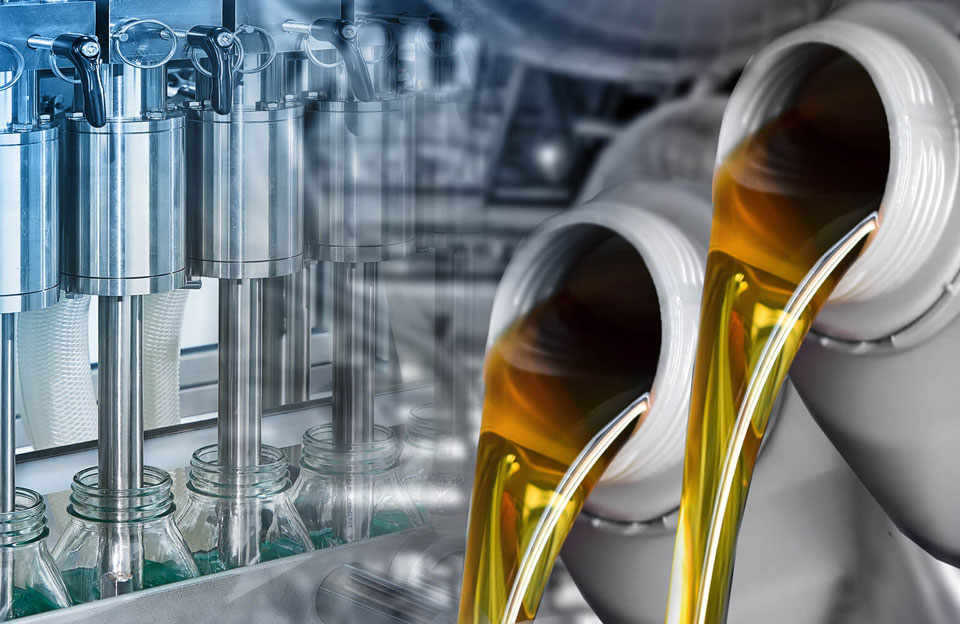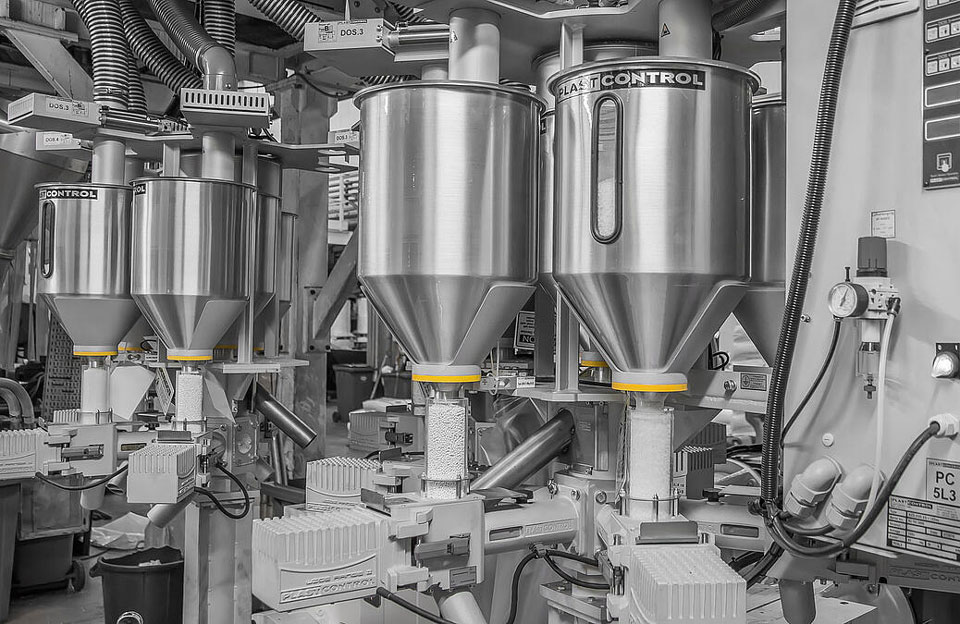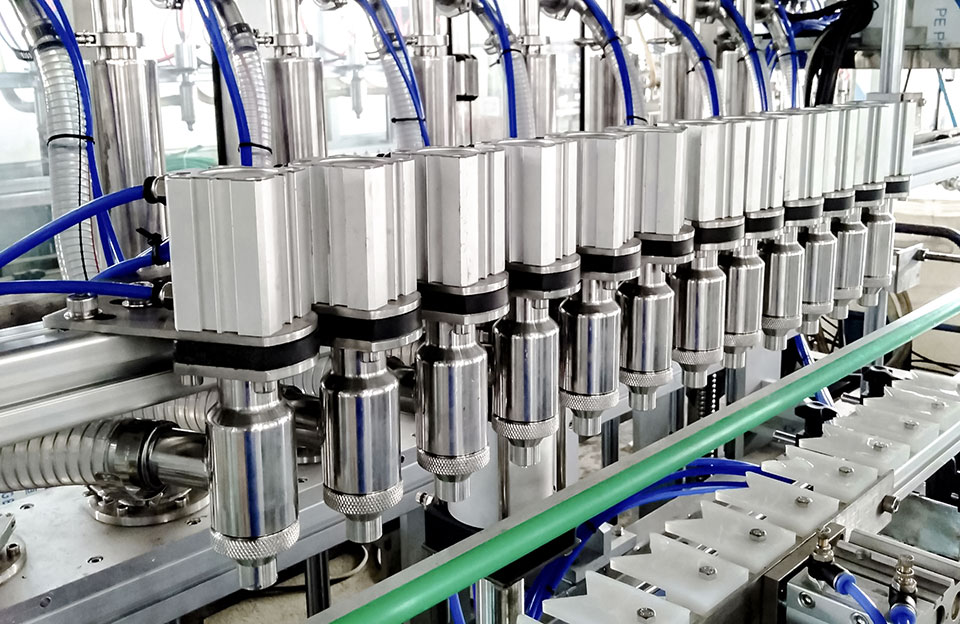Problems that Liquid Filling Machines Should Be Paid Attention to in Daily Use
While liquid filling machines are invaluable tools in all walks of life, including the coatings industry, there are daily maintenance precautions for liquid filling machine that require attention. These issues can affect the efficiency, accuracy and safety of the filling process.
-
- Contamination: Liquid filling machines should be cleaned and sanitized to prevent contamination. Any residue or foreign matter will affect the quality of the filled product. Regular cleaning, maintenance, and compliance with hygiene protocols are essential to ensure clean and uncontaminated fills.
- Calibration and Accuracy: Liquid filling machines require regular calibration to ensure accurate measurements. Over time, machine components, such as pumps, valves, or sensors, may wear out or require adjustment. To maintain consistent fill levels and prevent underfill or overfill, it is necessary to periodically calibrate and verify the accuracy of the machine.
- Viscosity Control: Different liquid products, including paints, may have different viscosities. It is important to ensure that the parameters of the liquid filling machine are set correctly to handle the product’s specific viscosity. Improper viscosity control can lead to inaccurate fill levels, inconsistent product quality, and potential machine failure.
- Foaming and Air Bubbles: Some liquids foam or contain air bubbles. Foaming and trapped air can affect the accuracy of the filling process and ultimately lead to inconsistent fill levels. Proper filling techniques, such as low filling speeds or vacuum-assisted filling, are used during filling to minimize foam and air entrapment.
- Seal Integrity: Liquid filling machines equipped with sealing or capping devices should be carefully monitored to ensure proper sealing of containers. Defective seals can result in fluid leakage, product deterioration, or compromised safety. During the use of the machine, it is necessary to check and maintain the sealing assembly regularly to avoid such problems.
- Safety Precautions: Liquid filling machines often involve moving parts, pumps, or hot liquids, posing a safety hazard if not managed properly. Operators should be adequately trained in machine operation, safety protocols, and emergency procedures. Also, use proper guards, safety interlocks, and personal protective equipment (PPE) during operation to reduce risk.
- Regular Maintenance: Routine maintenance can keep the liquid filling machine in top working condition, including inspection and lubrication of moving parts, inspection and cleaning of filters, replacement of worn parts, and timely resolution of any discovered problems. Ignoring maintenance during daily use can lead to problems such as machine failure, reduced efficiency, and reduced product quality.
Precautions for Daily Maintenance of Liquid Filling Machine
Routine maintenance is essential to keep your liquid filling machine in good working order and to ensure it operates reliably and efficiently.
- Follow the Manufacturer’s Guidelines: Be familiar with the manufacturer’s guidelines and maintenance recommendations carefully. The manufacturer’s instructions will provide specific guidance on maintenance schedules, greasing points, cleaning procedures, and other important maintenance tasks.
- Shut Down and Isolate the Machine: Before performing any maintenance tasks, ensure the machine is shut down and properly isolated from the power source. This step is critical to prevent accidents or injuries during maintenance operations.
- Wear Protective Equipment: Always wear appropriate personal protective equipment (PPE) such as gloves, safety glasses, and protective clothing when performing maintenance tasks, which will help protect you from potential hazards such as chemicals, moving parts, or hot surfaces.
- Cleaning and Disinfection: Liquid filling machines are cleaned and disinfected regularly to prevent product contamination and maintain hygienic standards. Use an approved cleaning agent and follow the proper cleaning procedure specified by the manufacturer. Pay special attention to areas that come into contact with liquid products, such as pumps, valves, and filling nozzles.
- Lubrication: Lubricate the machine’s moving parts according to the manufacturer’s recommendations. Use a suitable lubricant and follow the recommended amounts and intervals. Proper lubrication helps minimize friction, reduce wear, and extend the life of machine components.
- Inspect and Replace Wear Parts: Periodically inspect the machine for signs of wear or damage. Check belts, seals, gaskets, valves, and other components for any signs of damage or leaks. Replace worn or damaged parts in time to prevent further damage to the machine or affect its performance.
- Check Calibration: Ensure the liquid filling machine is properly calibrated and delivers accurate fill volumes. Periodically verify machine accuracy using an appropriate calibration tool or method. Adjust or recalibrate the machine if any deviation is detected according to the manufacturer’s guidelines.
- Keep a Maintenance Log: Keep a log or record of all maintenance activities performed on the liquid filling machine. This log should include details of maintenance tasks, dates, and any observations or issues encountered. This record will help track maintenance history, identify recurring issues, and ensure a systematic approach to maintenance.
Conclusion
Paying attention to potential problems with liquid filling machines and implementing proper maintenance and operating practices can optimize machine usage, ensuring a reliable and efficient filling process while maintaining product quality and safety. Additionally, observing preventive measures and performing routine maintenance tasks can ensure your liquid filling machines’ smooth operation, longevity, and reliability while minimizing the risk of unexpected breakdowns or product quality issues.


